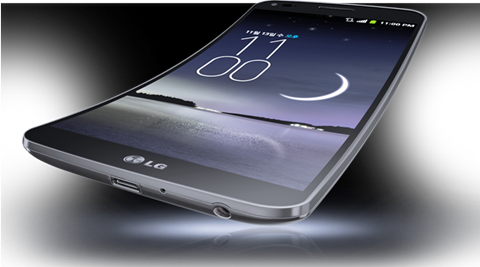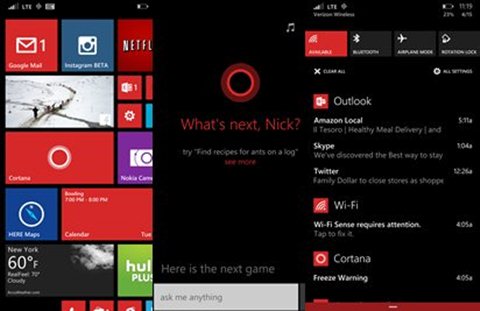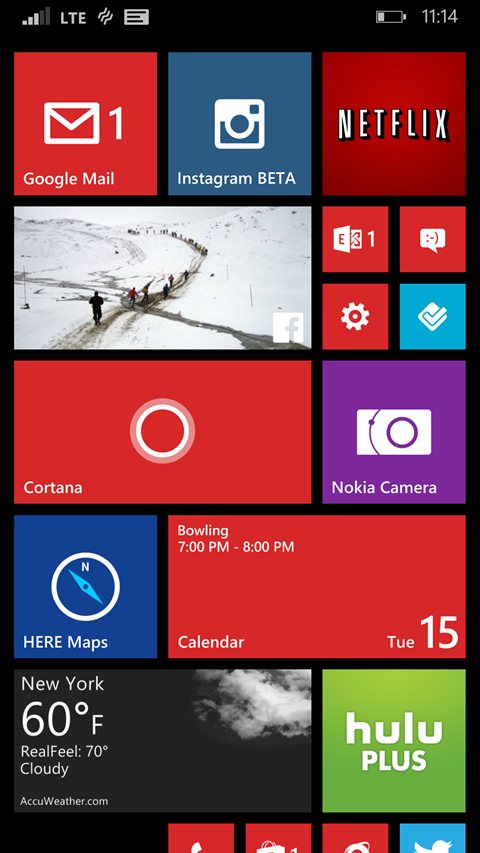Camera in contact lens? Google is working on it
NEW DELHI: It seems that Glass, the head-mounted tiny computer and camera, is just a beginning for the Google. The company's ambitions when it comes to what we see and how we process the information go beyond a smart glass. According to a Google application published by the patent office in the US, the company is working to integrate a tiny camera into contact lenses. The camera will be able to record and capture what a user is looking at.
However, the big potential, as described in the patent applications, seems to be the ability of Google's special contact lens to process the information and send it to a peripheral devices, which may give blind people a way to "see" the world around them. For example, by acting as the "eyes", this contact lens may give turn-by-turn voice guidance to people who can't see by relaying information to a smartphone or an earpiece.
The patent application was first spotted by Patent Bolt, a website that tracks newly-filed patent applications.
The applications credits Nathan Pletcher, Babak Amir Parviz and Olivia Hatalsky as inventors of the contact lens with the camera. The same team is also behind the Google contact lens that will reportedly have a sensor to monitor glucose level in the body. Details of this contact lens were revealed by Google in January this year.
The patent application filed by Google says, "this disclosure relates to systems and/or methods for capturing image data representing a scene in a gaze of a viewer via a thin image capture component integrated on or within a contact lens, processing the image data and employing the processed image data to perform functions locally on the contact lens or remotely on one or more remote devices."
In notes that accompany drawings in the patent application, Google says that its contact lens will not obstruct the viewing field of the user. It also says that the camera in the contact lens will be able to follow the gaze of a viewer.
"As the wearer's gaze shifts, the contact lens will follow the shift in gaze, thereby allowing for generating the image data corresponding to an image of the scene in the shifted gaze. Additionally, the image data can be processed to detect light, colours, pattern of colours, objects, faces, motion, or any other suitable information that can be derived from processing one or more images," Google notes in the patent application.
However, the big potential, as described in the patent applications, seems to be the ability of Google's special contact lens to process the information and send it to a peripheral devices, which may give blind people a way to "see" the world around them. For example, by acting as the "eyes", this contact lens may give turn-by-turn voice guidance to people who can't see by relaying information to a smartphone or an earpiece.
The patent application was first spotted by Patent Bolt, a website that tracks newly-filed patent applications.
The applications credits Nathan Pletcher, Babak Amir Parviz and Olivia Hatalsky as inventors of the contact lens with the camera. The same team is also behind the Google contact lens that will reportedly have a sensor to monitor glucose level in the body. Details of this contact lens were revealed by Google in January this year.
The patent application filed by Google says, "this disclosure relates to systems and/or methods for capturing image data representing a scene in a gaze of a viewer via a thin image capture component integrated on or within a contact lens, processing the image data and employing the processed image data to perform functions locally on the contact lens or remotely on one or more remote devices."
In notes that accompany drawings in the patent application, Google says that its contact lens will not obstruct the viewing field of the user. It also says that the camera in the contact lens will be able to follow the gaze of a viewer.
"As the wearer's gaze shifts, the contact lens will follow the shift in gaze, thereby allowing for generating the image data corresponding to an image of the scene in the shifted gaze. Additionally, the image data can be processed to detect light, colours, pattern of colours, objects, faces, motion, or any other suitable information that can be derived from processing one or more images," Google notes in the patent application.
LG G Flex review: There is the curve, but there is a lot more too
Written by Nandagopal Rajan | April 16, 2014 7:35 pm
SUMMARY
There is nothing in the curve that really makes you buy this phone. But there is a lot in the phone that can make you take this curve.


 LG G Flex has a curved screen that can flex itself if needed.
LG G Flex has a curved screen that can flex itself if needed. If you already have a Windows phone or are thinking of getting one, the new features should please you.
If you already have a Windows phone or are thinking of getting one, the new features should please you. This screen shot shows the home screen of a phone running the Windows Phone 8.1 operating system. (AP Photo)
This screen shot shows the home screen of a phone running the Windows Phone 8.1 operating system. (AP Photo)
Hi rajan,
ReplyDeleteGreat information, this is so interesting as "Camera in Contact Lense". Yes Definitely. Google Can do this as already launched lot's of unbelievable product as Google Glasses. Thanks for the great information in this article.
About us - We are India's best supplier and manufacturer of marble.
Thanks a lot for sharing this amazing knowledge with us. This site is fantastic. I always find great knowledge from it. Microsoft Azure DevOps Engineer courses AZ-400
ReplyDelete